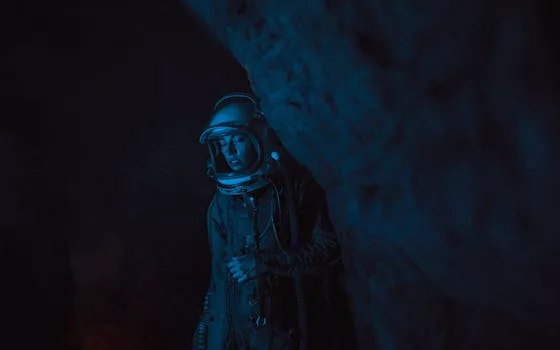
“
From Stardust to Dreams: Imagining Life Beyond the Stars
Introduction to the Cosmos
From Stardust to Dreams: Imagining Life Beyond the Stars, the universe has always been a source of fascination and wonder for humans. The stars, planets, and galaxies that make up the cosmos have captivated our imagination, inspiring us to explore, discover, and dream. The possibility of life beyond Earth is a topic that has sparked heated debates, fueled scientific research, and inspired countless works of science fiction.
The universe is estimated to be around 13.8 billion years old, with over 100 billion galaxies, each containing billions of stars. The sheer scale of the universe is mind-boggling, and the potential for life to exist elsewhere is a tantalizing prospect. In this article, we will delve into the mysteries of the universe, exploring the possibilities of life beyond Earth and the human imagination that drives us to explore the cosmos.
The Building Blocks of Life
The universe is made up of stardust, the remnants of stars that have exploded and died. These elements, such as carbon, oxygen, and iron, are the building blocks of life. They are found in every living thing on Earth, from the simplest bacteria to the most complex organisms. The fact that these elements are found throughout the universe suggests that the raw materials for life are widespread, and the possibility of life existing elsewhere is a distinct possibility.
The discovery of exoplanets, planets that orbit stars other than the Sun, has further fueled the possibility of life beyond Earth. Over 4,000 exoplanets have been discovered so far, and many of these planets are believed to be located in the habitable zones of their respective stars, where conditions are suitable for life as we know it. The search for life beyond Earth is an active area of research, with scientists using a variety of methods to detect biosignatures, signs of life, in the atmospheres of exoplanets.
Imagining Life Beyond the Stars
The possibility of life beyond Earth has captured the human imagination, inspiring countless works of science fiction. From stories of alien invasions to tales of distant planets teeming with life, science fiction has explored the possibilities of life beyond our planet. The human imagination has also driven scientific research, with scientists and engineers working to develop new technologies that will allow us to explore the cosmos and search for life beyond Earth.
The search for life beyond Earth is not just about finding other forms of life; it is also about understanding our place in the universe. The discovery of life beyond Earth would be a profound moment in human history, challenging our current understanding of the universe and our place within it. It would also raise fundamental questions about the nature of life and the possibility of intelligent life existing elsewhere in the universe.
Takeaways
- The universe is estimated to be around 13.8 billion years old, with over 100 billion galaxies, each containing billions of stars.
- The possibility of life beyond Earth is a topic that has sparked heated debates, fueled scientific research, and inspired countless works of science fiction.
- The discovery of exoplanets has further fueled the possibility of life beyond Earth, with many of these planets believed to be located in the habitable zones of their respective stars.
- The search for life beyond Earth is an active area of research, with scientists using a variety of methods to detect biosignatures in the atmospheres of exoplanets.
- The discovery of life beyond Earth would be a profound moment in human history, challenging our current understanding of the universe and our place within it.




